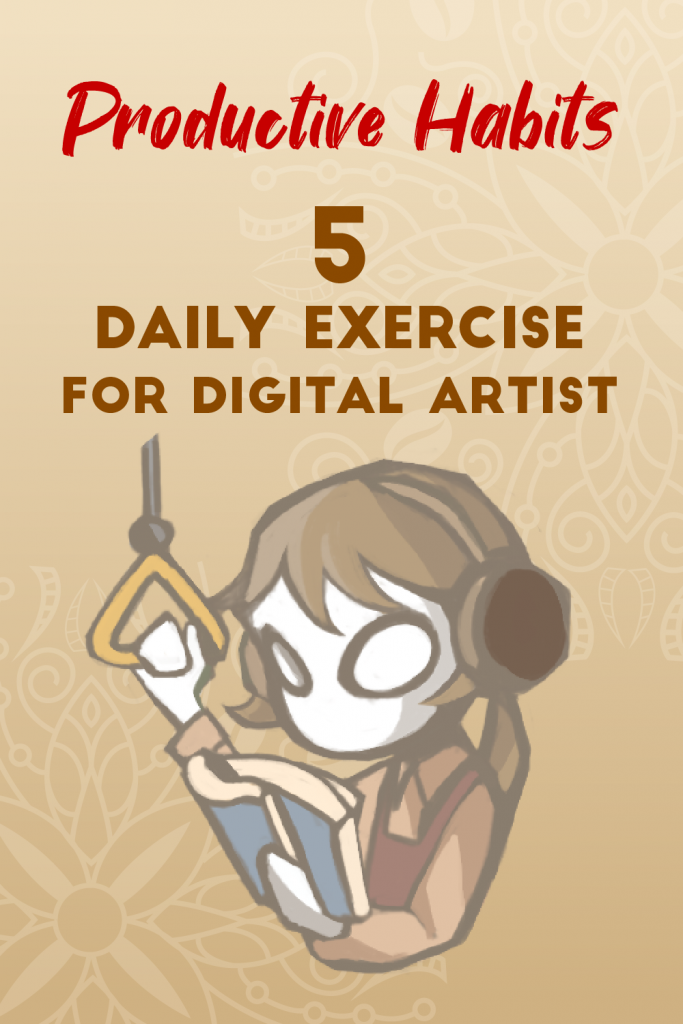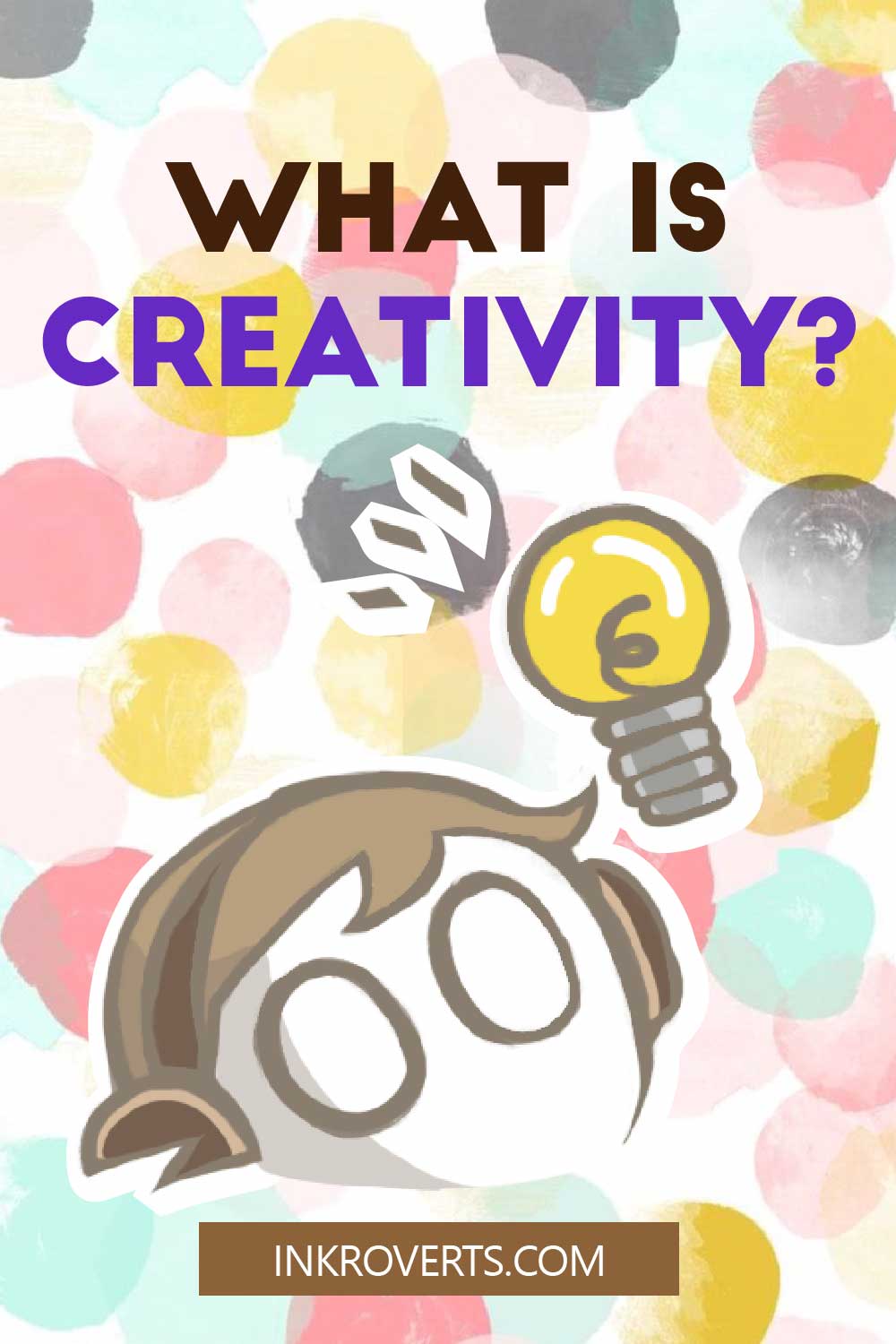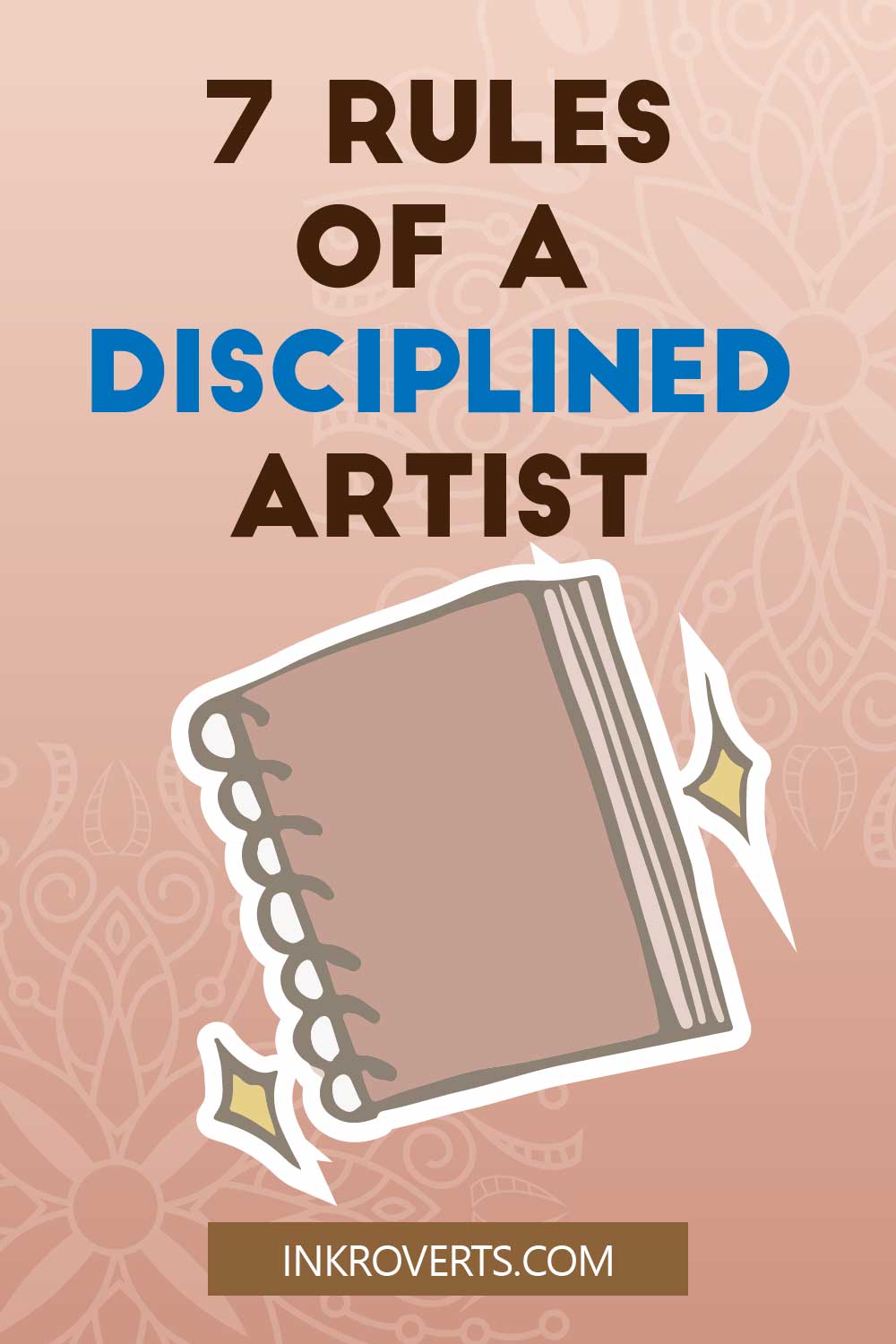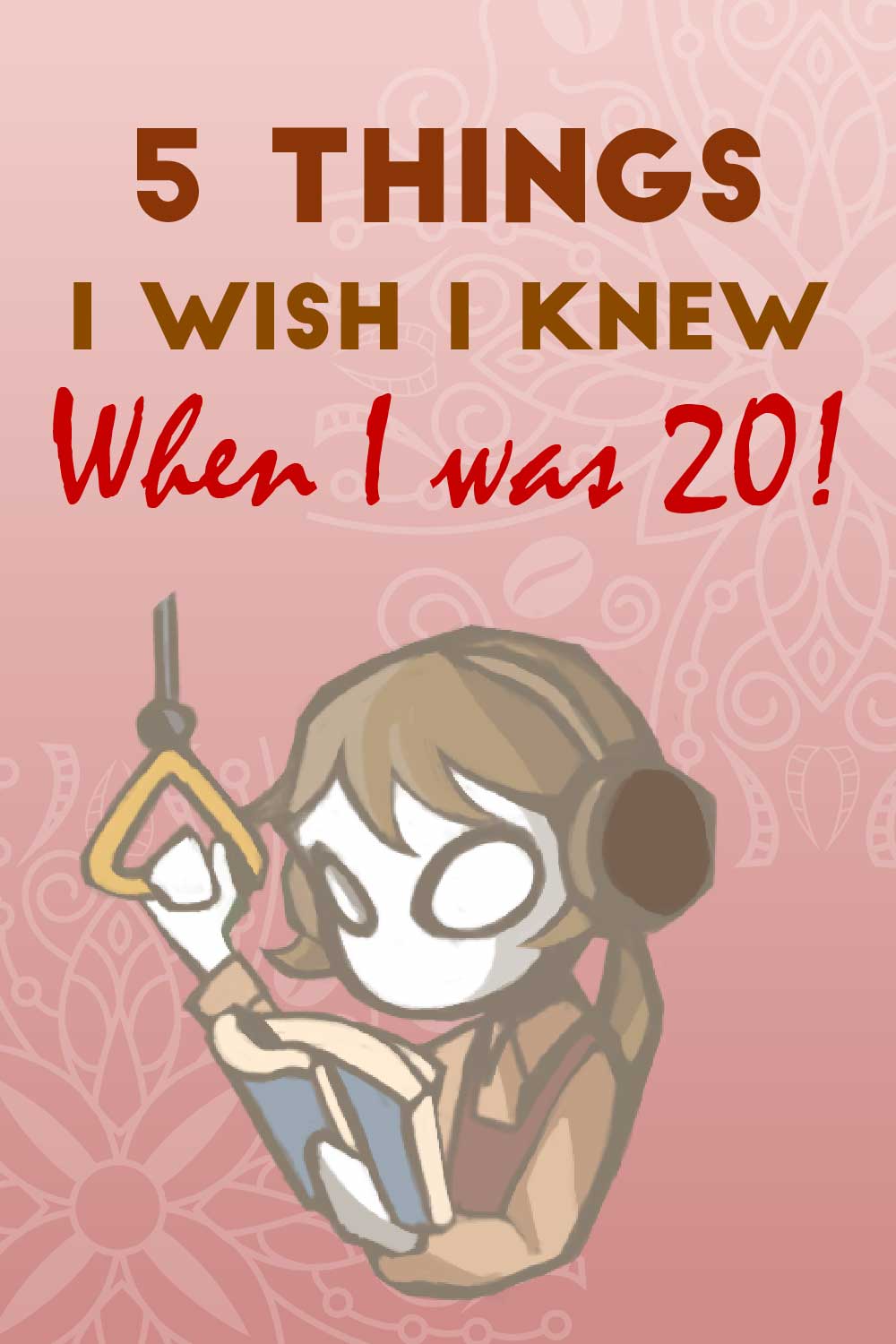

Having a productive day is genuinely ideal for an artist!
However, we all have different goals, personalities, stamina, and styles. So naturally, there is not a single formula for a productive schedule.
That’s why below are the 5 daily productive habits that
– do not take much time from your day
– can be done anytime; and
– helps your creative path
Table of Contents
Below is the content list for the 5 daily productive habits:
- Figure drawing exercise
- Doodle your ideas…
- Comment on other artists’ work!
- Move around more!
- Find your ideal workspace

Productive Habit#1
Figure Drawing Exercise
It doesn’t always have to be producing creative, unique artwork every single day.
Sometimes, simple exercises like figure drawing can train your ability to draw out the human form. Gradually, you can increase your ability to draw out a realistic human form without looking at a model.
This exercise may be the longest among the 5 habits here, but it still doesn’t have to take long.
A standard figure drawing exercise takes about 30-40 mins. But if you have time, or you feel really serious, 2 hours are not too long.
There are lots of places on the internet for you to use for figure drawing. For example:
- Pinterest – mostly for general purposes. You can search “hand anatomy reference” or “clothes drawing reference” to get to the images you want. From real life photos to artwork, you can reach a lot of things. I use it 80% of the time.
- Line of Action – this is more of a drawing practice site. You can look for human, animal, and environment reference.
- Proko Art Model Poses – Proko is a great source of learning for serious art students. This Art Model Poses needs to be paid, however.
If you want free content, I suggest you check out his figure drawing video on YouTube.
Alternatively, you can read more about figure drawing and other drawing exercises here.

#2
Doodle Your Ideas
This is more simultaneous than a deliberate exercise.
Have a small sketchbook of your own. Small to the point you can take it wherever you go (or ideally, can fit in your pocket).
Whenever you get hit by inspiration, immediately jot/ draw it down in your sketchbook. That way when you finally sit down to work, you don’t have to suffer from artist’s block.
Some people may believe a fancy, standard-sized sketchbook is better, because it is big enough to draw many things. They fantasize about sitting in the middle of a park and take their time sketching.
But reality is often much less ideal. You may be in a hurry. The idea may hit you while you’re crossing the road, or talking to friend, or doing something else on the street.
The small size of the sketchbook is for it to be portable, and as convenient as possible.

#3
Comment on Other Artists’ Work!
Some artists reach out via social media, but are scoffed as by others. To me, I think reaching other artists is not embarrassing at all!
Rather than staying in our own bubble, we can look up Instagram to see what other artists are doing. Of course, not in an addicted sort of way. About 15 minutes is alright!
Artists love receiving comments about their work. Try to say your genuine opinions, suggestions, or critique, rather than a simple “nice work!”.
This not only train your ability to critique an artwork, but also helps you reach out to other artists.
Who knows, they may look at your profile and follow you in return!

#4
Move Around!
Sitting all day drawing can be grueling to your body.
Exercising can help you breathe in some fresh air and relax your muscles after a long day of work.
If you’re not keen on intensive exercises, just walking around, doing yoga, or stretching is also great!
Just don’t let your body remain in the same position for too long. Stand up for at least 5 minutes after 30-60 minutes of work.
In my experience, I had a few times drawn all day, without any stretching. At night, my body ached all over, especially my legs and bums. Don’t be like me!

#5
Find Your Productive Workspace
Having a quiet place to work is extremely underrated in the modern world.
A lot of people simply feel hopeless with their children running around the house, their coworkers talking loudly in the background, or their parents constantly interrupting them.
Scientists prove that distraction is one of the main sources of workplace stress! So don’t just let the problem go unsolved!
Sometimes our bedroom may not be the ideal workspace for us.
Some writers see coffeeshops as the best place to create stories, some students prefer the library, and some simply put on headphones and play classical music.
Here’s a tip, moderate background noise and white noise can help you concentrate better than complete silence.
So, find a place where you can concentrate. Starting today!

Conclude – Like eating an elephant, one bite at a time.
None of the habits above can instantly make you a successful artist. All habits’ effectiveness comes from consistency and the will to carry on.
To help yourself stay consistent every day, you can jot down a record for yourself. For example, put a sticker on the calendar the day you fulfilled the productive habits.
You will want to carry on the next day in order to prolong the streak!
To see more of our content on INKroverts, be sure to sign up for our weekly newsletters below! With just one click, you can receive updates and announcements from us every week.




